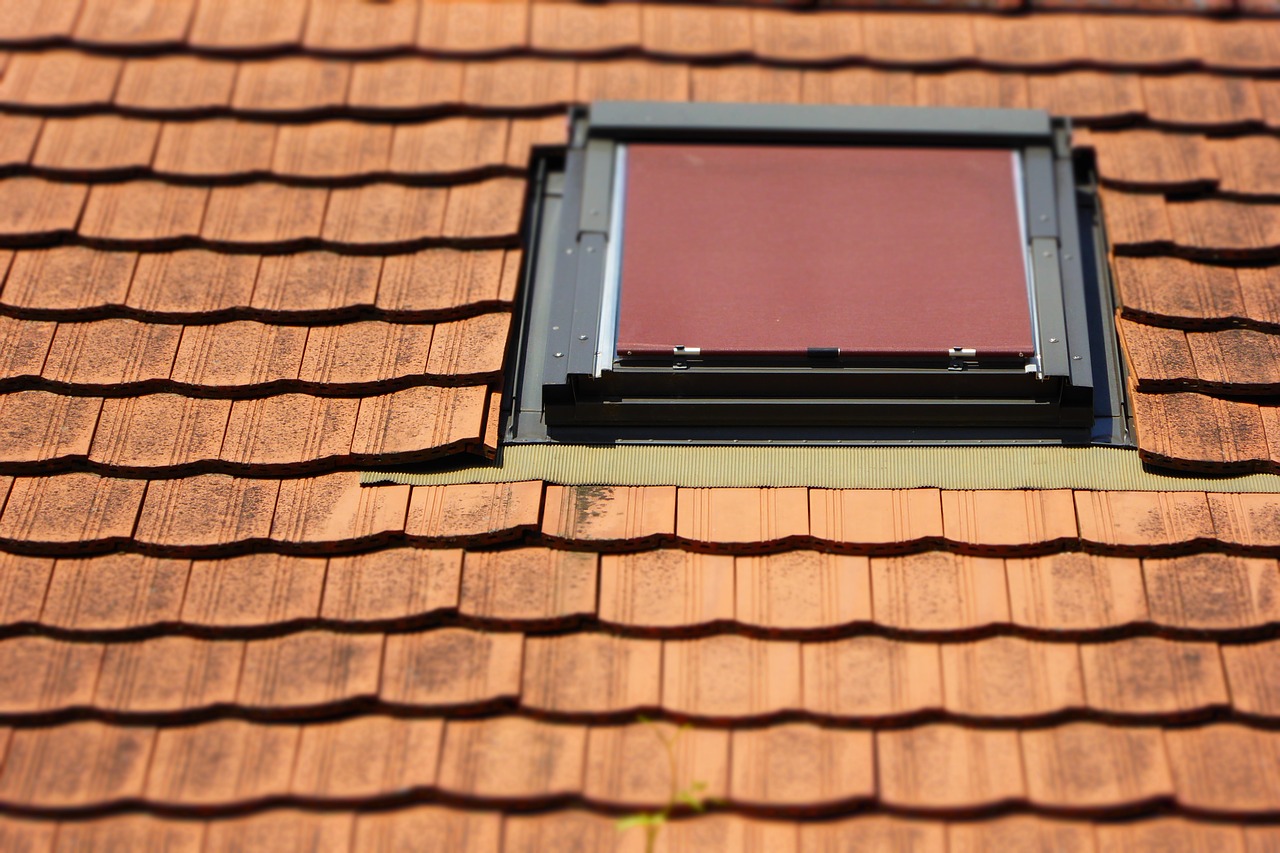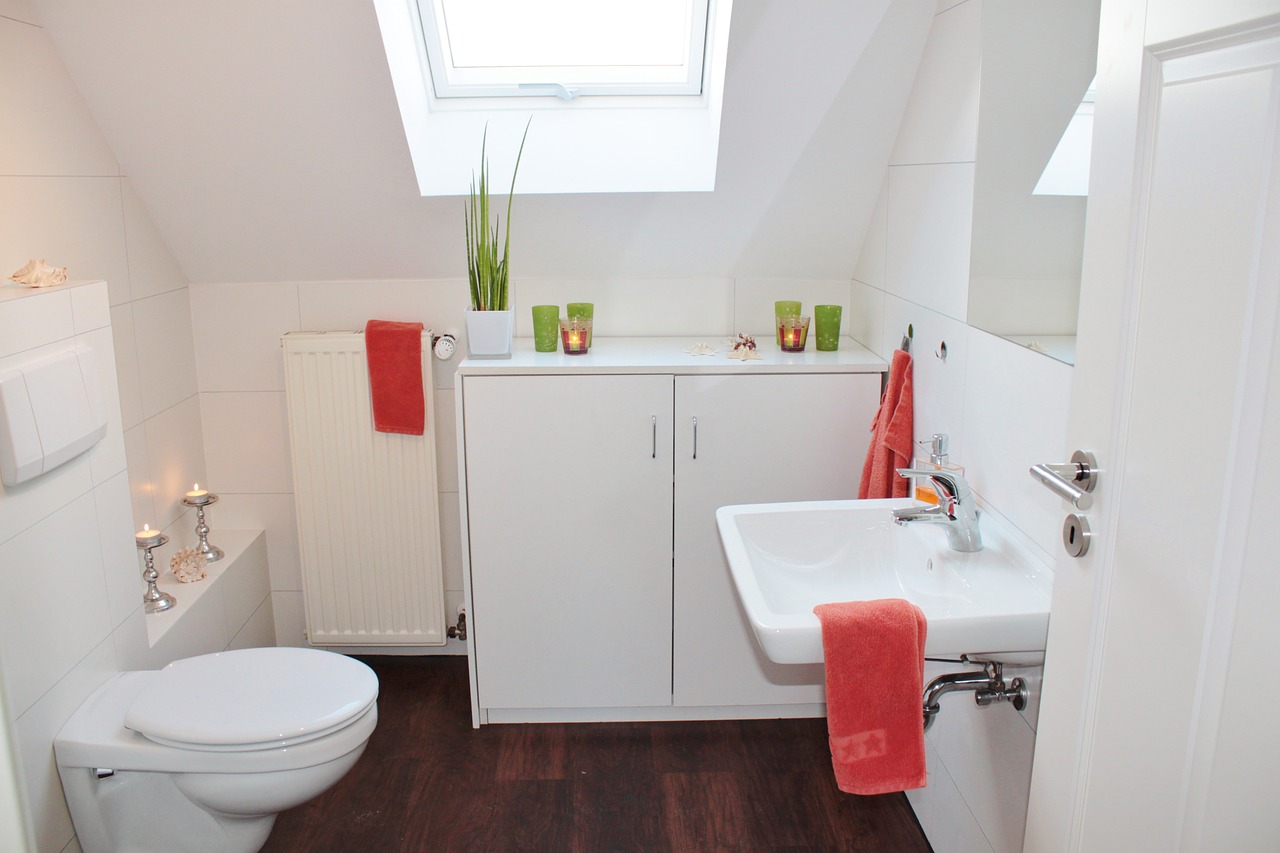
The addition of a skylight to your home can bring with it many benefits, not the least of which is extra natural light that floods the space. As such, you can lower your energy bills because you don’t need to use as many lights. Plus, skylights open up any room, making it seem bigger and more spacious. Self-ventilating skylights give you fresh air in the nice weather, offering a refreshing change from the top down. Here are five things to keep in mind when planning a skylight project for your residential roof.
1. Always go with Quality
Despite cost, quality should be your main concern. Take into account energy efficiency, water tightness, sound reduction and other factors like load and wind resistance, according to DIY Network. You’ll also want to ask about shading, UV coatings and ventilation when inquiring about skylights from your roofing company. If saving the environment is important to you, look for manufacturers that offer high-quality products constructed from sustainable materials. Making the right choices regarding quality now will give you peace of mind in the future.
Because tinted glass can reduce the amount of heat energy coming through your skylights, this can contribute to the energy savings you will experience. Other factors that can affect this include slope and position of your skylight. You’ll also want to take a look at material. For example, skylights glazed with glass cost more than plastic but glass won’t scratch like plastic can. Plastic can also get discolored over the years.
2. Choose Placement Carefully
Where you put your skylight is everything. This will be determined in large part by the location of your home’s rafters. Take measurements to ensure it’s exactly where you want it. Go over the blueprints with your roofing contractor before you start cutting. In addition to getting the measurements right, you’ll also want to consider which way you want your skylight to face, whether north or south, when considering energy savings and the direction of the sun as it hits your house each day. Take note of when and where you get the most sunlight during the course of the day and plan accordingly.
3. Consider Weather Restrictions
Inclement weather can hinder your skylight project. Unlike other home improvement projects, you really can’t install a skylight when it’s windy, raining or hailing, for obvious reasons. After all, there will be a gaping hole in your roof for at least a short period of time. When planning the project timeline, work with your roofer to check the weather forecast. When moisture is present in the installation process, this can interfere with the weather tightness of your skylight and cause leaks.
4. Let the Pro do all the Work
As tempted as you may be to tackle a DIY skylight project, this is one of those things that is best left to a professional. The risk of falling is far too great, not to mention the sensitivity of the installation process. As we said above, installation must be perfect so as to ensure proper placement and water tightness. Roofers come equipped with the proper safety gear and tools, as well as secure ladders, footwear with the proper traction, roof jacks and more.

Contact Ferris Roofing in Dallas/Fort Worth
For more information on our roofing and skylight services, contact us at 817-532-5244. Ferris Roofing Contractors is conveniently located at 1933 Clover Springs Drive in Haslet, TX.

